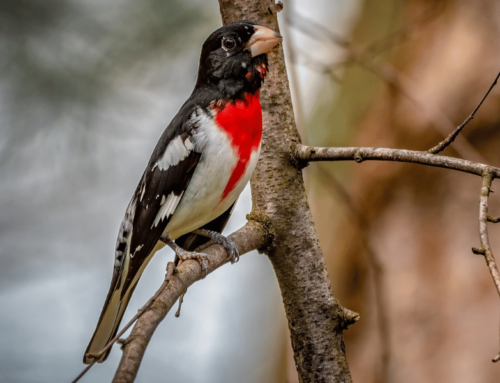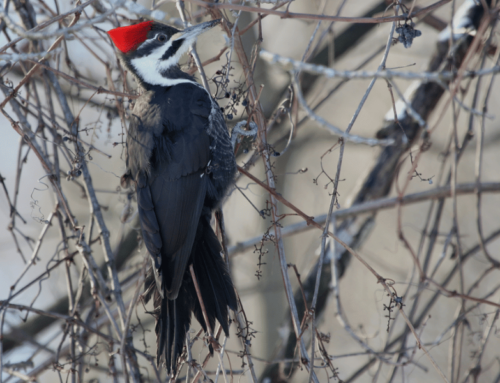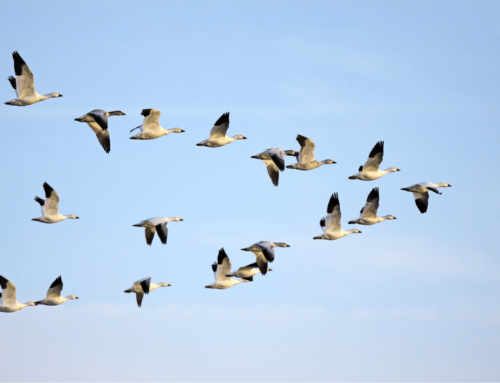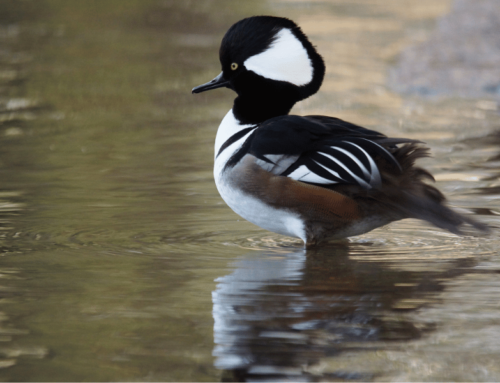Kingfishers are a unique group of perching birds. They encompass a total of 116 species worldwide. Although they are mostly found outside of the Americas – North, South and Central America are still home to several species. This birdwatching guide focuses this group of birds.
Kingfishers have a distinctive look as a group. They have long bills that appear dagger-like. They are among the more colorful bird groups. Their basic form can be recognized by the structure of the widely recognizable Kookaburra, an Australian kingfisher species. They are designed to swoop down and catch prey from the water, but some species are adapted to hunt elsewhere.
This post is a birdwatching guide for those who want to identify all the New World kingfishers.

1. Belted Kingfisher
Scientific Name: Megaceryle alcyon
This is the most common kingfisher in North America. You can find them in all American states along with the southern half of Canada. Find bodies of water, especially rivers and streams and listen for their rattling call.
One interesting aspect of this species is its reverse sexual dimorphism. The females are actually the ones that are more brightly colored as in the above photo. Like most other kingfishers, this species hunts fish along with other aquatic prey.

2. Ringed Kingfisher
Scientific Name: Megaceryle torquate
This species is the largest of New World kingfishers. It can be found throughout all of South America, most of central America (with exception to the northwestern part of Mexico) and the Rio Grande Valley in Texas. They look similar to the Belted Kingfisher. Ringed kingfishers can occasionally be seen as vagrants in other states such as Arizona. Ornithologists are saying that their range in North America is extending, so other parts of Texas or other southern states may soon have populations.
Its sexually dimorphic. The males have a completely rufous breast pattern. The females have a gray band that breaks up the rufous coloring.
To find this species, head to the Rio Grande Valley in Texas or to South America. They prefer prominent perch locations and searching for prey in shallow water.

3. Amazon Kingfisher
Scientific Name: Chloroceryle amazona
This species can’t be found in America or Canada. The furthest north they can be found is along the west and east coast of Mexico. Their range is extensive in South America, covering all of Brazil, along with the inland parts of Colombia, Venezuela and Ecuador.
Their main color is dark blue to green.
This bird sometimes hovers before diving into water to catch fish. Both fast and slower moving rivers are common places to find Amazon Kingfishers.

4. Green Kingfisher
Scientific Name: Chloroceryle americana
This kingfisher has a large range, spanning from southern areas of the United States in southern Arizona and Texas, to almost all of South America, except for areas along the western coast.
Sexing them is easy as the females lack the rufous-colored breast area that the males have.
These birds like perching close to the water to hunt.

5. Green and Rufous Kingfisher
Scientific Name: Chloroceryle inda
This kingfisher is closely related to the green kingfisher. Both species look very similar but it also resembles the american pygmy kingfisher. The mix of dark green brownish-red makes it a gorgeous bird to watch and photograph.
This bird can be found from the coast of Brazil to the Central American country of Nicaragua but are not found in the southern parts of South America.
They can usually be found perched close to the water around swamps or slower moving streams.
They are sexually dimorphic but just barely as the females have a green, speckled band on their chests. You can tell the Green-and-Rufous apart from the Green Kingfisher by the color of the collar around its neck. The Green Kingfisher has a white collar and the Green-and-Rufous Kingfisher has a reddish-brown tinge.

6. American Pygmy Kingfisher
Scientific Name: Chloroceryle aenea
As stated before, this species looks similar to the Green Kingfisher and the Green-and-Rufous Kingfisher. Like its name suggests, this species is small, on average being only around 5 inches long. The Green-and-Rufous Kingfisher by contrast is over 9 inches long on average.
The range for this bird is almost the same as the Green-and-Rufous Kingfisher. To differentiate this bird from the Green-and-Rufous Kingfisher, remember that the American Pygmy Kingfisher is around four times lighter in weight. The American Pygmy Kingfisher also has a white lower belly.
Conclusion:
Although they’re not the most common or widespread group of birds in the Americas, kingfishers are a great family of birds to go find for birdwatching. Their colorful plumage and unique hunting behavior make them a good group of birds to get familiar with.





